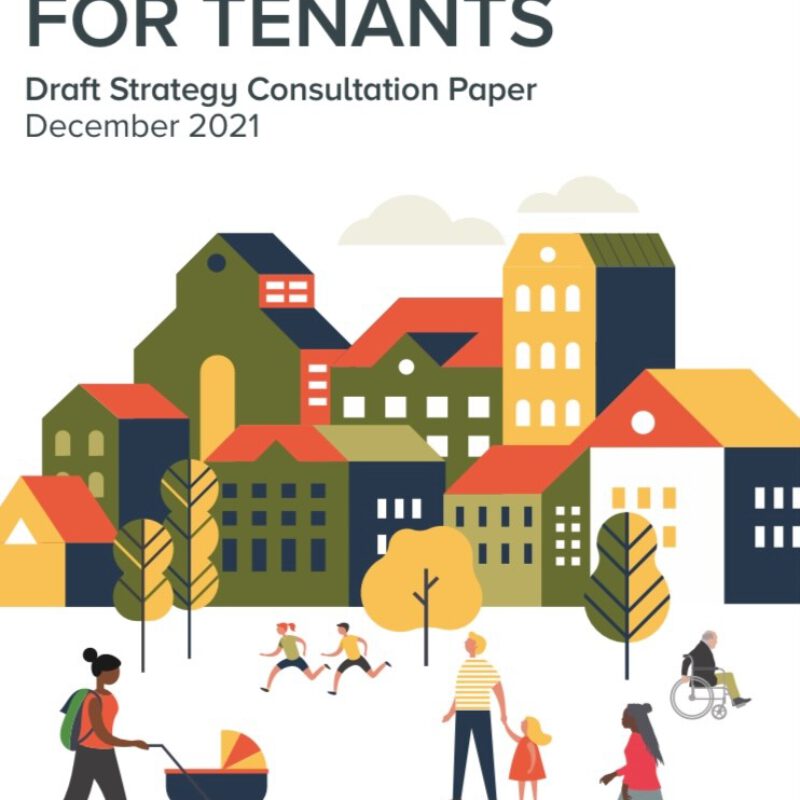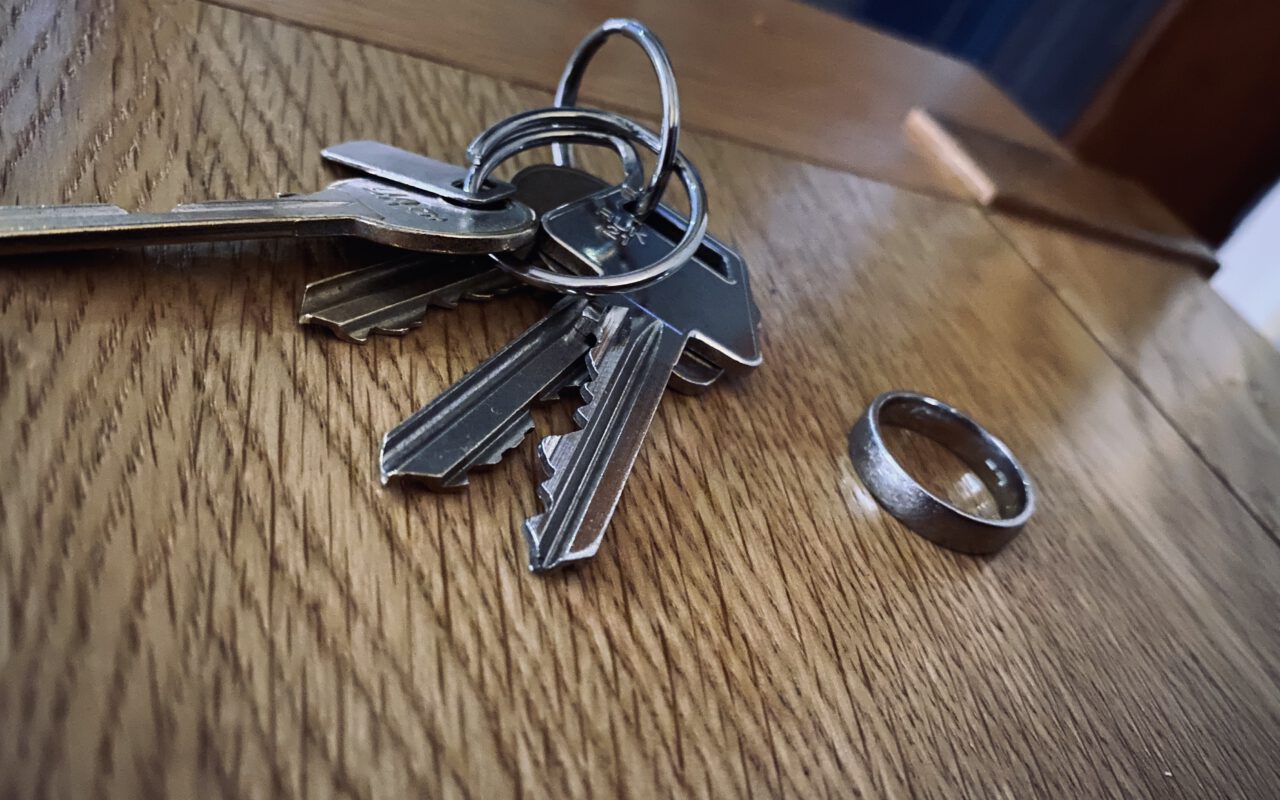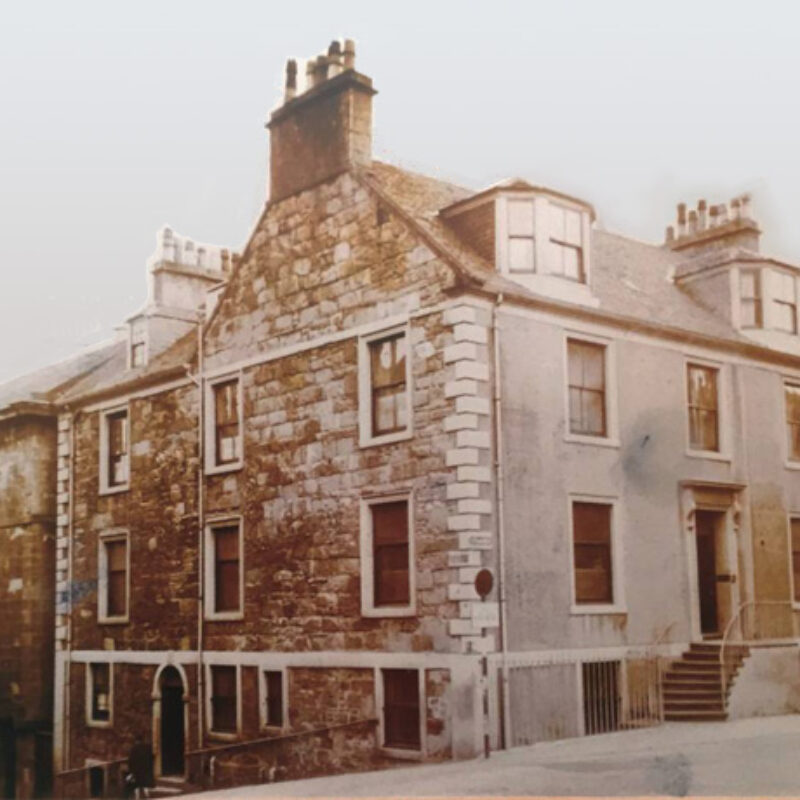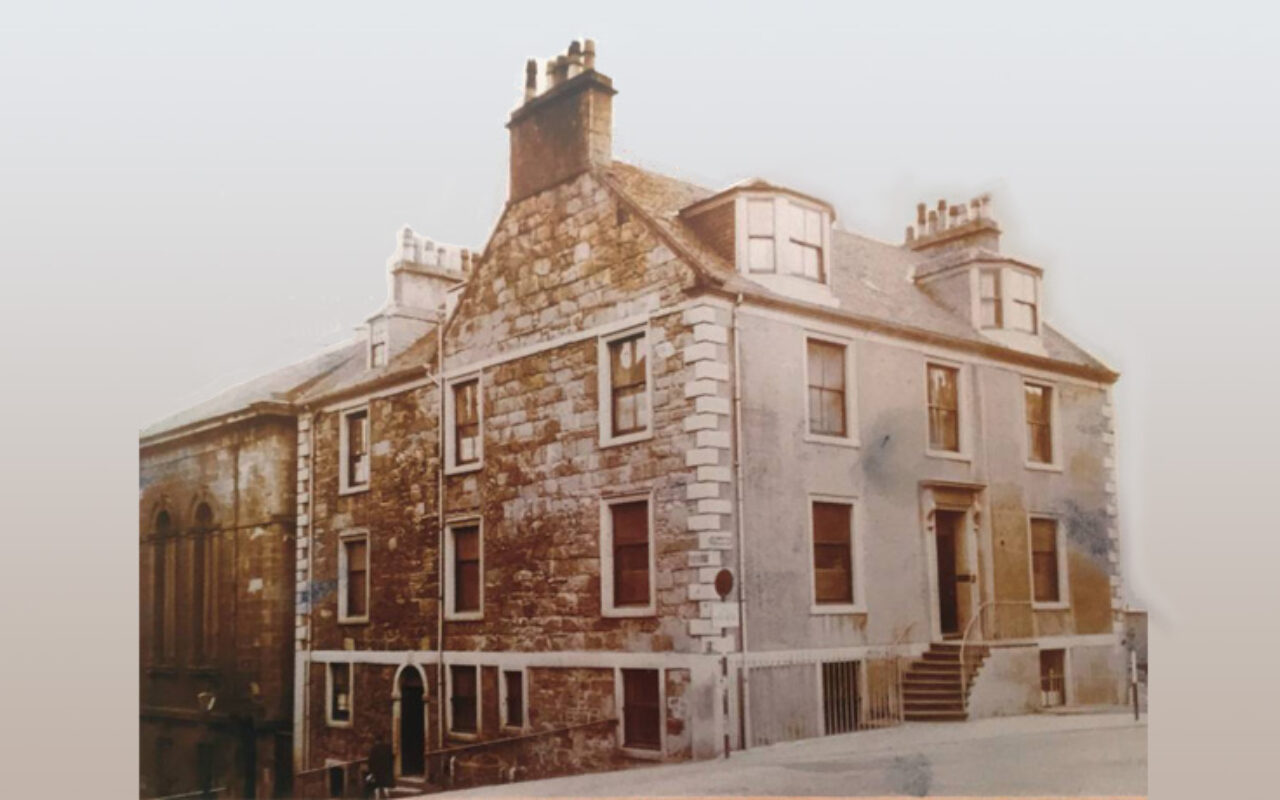Overview
The Domestic Abuse (Protection) (Scotland) Act came into force on 5th May 2021 and provides new and improved protections, to complement the existing measures, for victims of domestic abuse.
Prior to the COVID-19 pandemic, Police Scotland recorded over 60,000 incidents of reported abuse. Worryingly, however, domestic abuse is often a hidden and unreported crime and so it is thought that these figures do not accurately reflect the total number of incidents in Scotland.
The Act introduces new forms of protection with Police Scotland and the courts being given powers to protect those who are most at risk by issuing Domestic Abuse Protection Notices (DAPNs) and Domestic Abuse Protection Orders (DAPOs). Senior members of the police now have the power to issue a DAPN as a short-term, emergency protection where they have reasonable grounds to believe a partner or ex-partner has been abusive. Section 5 of the Act sets out an exhaustive list of prohibitions and requirements that may be imposed by a DAPN and these include stopping an abuser from entering the home of the person they have abused. The DAPN essentially buys victims of abuse time to consider their housing options and the new measures reduce the risk of victims of domestic abuse having to become homeless to escape their abuser.
Police Scotland can also apply to the court for a DAPO and this order can last for up to 2 months. A DAPO is an order which requires an abuser to take action or prohibits an abuser from doing things specified in the order. Section 9(2) of the Act provides a non-exhaustive list.
It is important to note that it is not necessary for a DAPN to be granted before a DAPO can be imposed.
Definition of Abusive Behaviour
The Act defines domestic abuse as behaviour by an individual towards their current or ex- partner where a reasonable person would think that that behaviour is likely to cause the victim to suffer physical or psychological harm. This mirrors the definition in the Domestic Abuse (Scotland) Act 2018 which introduced psychological abuse and coercive behaviour as criminal offences.
Domestic Abuse (Protection) (Scotland) Act – Impact on Social Landlords
Part 2 of the Act also creates a new right for social landlords to terminate an abuser’s interest in a Scottish Secure Tenancy to enable a victim to remain in the family home with the introduction of a new ground for recovery of possession where a tenant engages in domestic abuse. The abuser can be either the sole tenant or a joint tenant with the victim and the intention is to allow the landlord to remove the abuser from the house with a view to entering into a sole tenancy with the victim.
The court is required to make an order for recovery of possession, terminating the abuser’s right to the property, either where they feel it is reasonable to do so, or, where the abuser has been convicted of a domestic abuse offence, punishable by imprisonment, in the previous 12 months. When making this determination, the court must carry out a risk assessment as to whether the abuser is likely to subject the victim to domestic abuse again.
For more information on new Act and its impact on social housing, please contact me (melissaw@patten.co.uk) or our Ken Caldwell (kenc@patten.co.uk).








